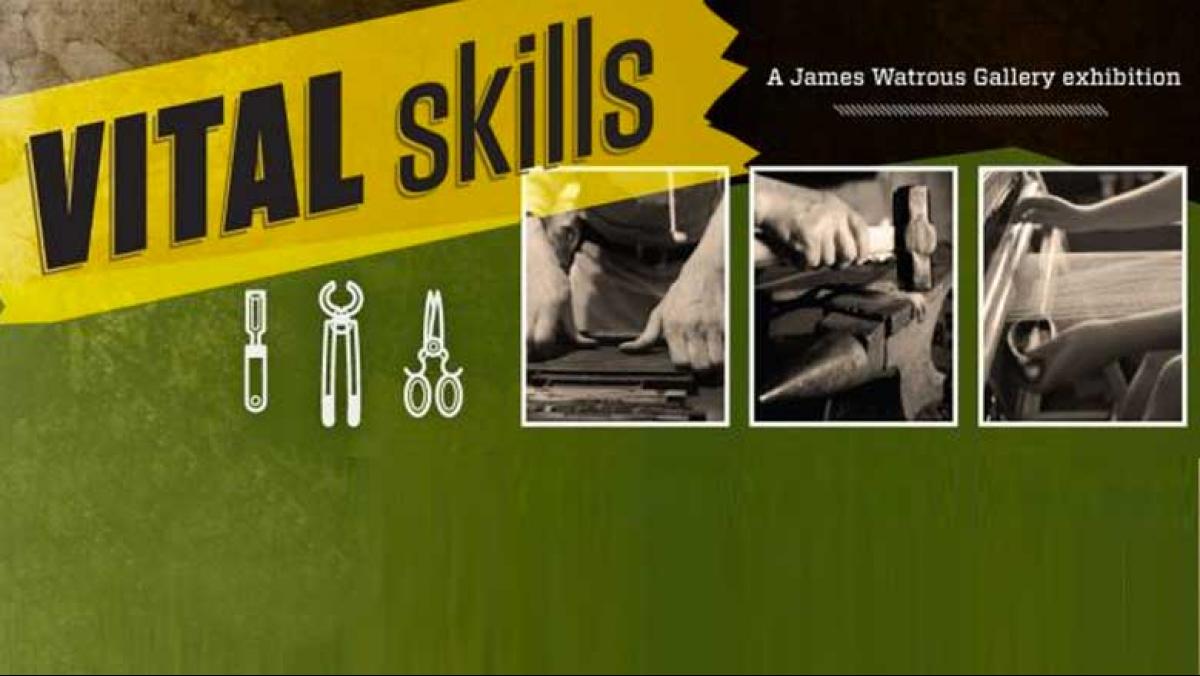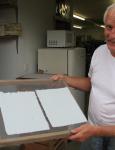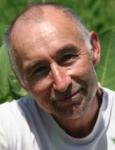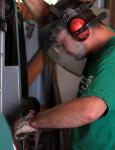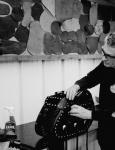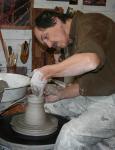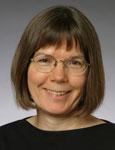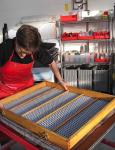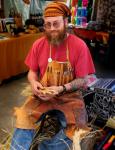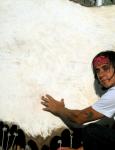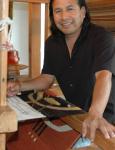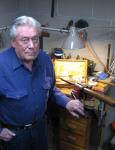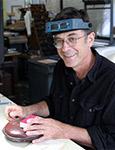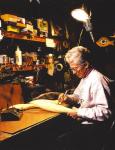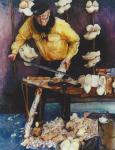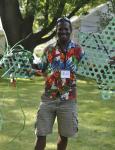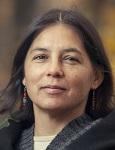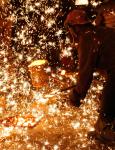Location
Vital Skills builds on the current interest in community resilience and "re-skilling" by bringing together the work of people who are preserving traditional hand skills in Wisconsin. In recent years local has become the watchword for many different concerns and efforts: creating sustainable food networks, maintaining healthy local economies, preserving regional traditions, and inculcating a sense of place. Being able to produce more goods locally creates jobs, economic resilience, and greater energy independence. While this focus on the local is overwhelmingly positive, it is often accompanied by a pervasive sense of gloom and doom about the future. The prospect of sudden and severe climate change, dwindling energy supplies, even worldwide economic collapse or global pandemic has created a sense of fear and uncertainty that permeates popular culture and political discourse. There's a reason zombies and vampires have captured the public imagination!
This exhibit was developed in response to these trends and the current fascination with gardening, canning, beekeeping, and DIY crafts. The revival of these domestic skills isn't difficult: most can be taught, if not mastered, in a weekend. But our cultural memory for most pre-industrial skills is far more attenuated. Becoming a proficient blacksmith, knife-maker, or cobbler takes time, commitment, and—most crucially—a teacher who can share their knowledge in person.
The individuals in this show are remarkably diverse, from basketmakers and boatbuilders dedicated to saving their cultural traditions, to professional artists with craft skills like papermaking, weaving, and engraving; metalsmiths who make props for historical reenactors; and custom shoemakers, gunsmiths, and leatherworkers who cater to the luxury market. Craft skills also survive in surprising niches, like university labs devoted to hand-blown scientific glass and letterpress print shops whose primary business is wedding invitations. Vital Skills will celebrate their commitment, mastery, and deep reserve of knowledge and experience, and explore the role they might play in creating a truly resilient local economy.
Read Jody Clowes' article about this project in the winter issue of Wisconsin People & Ideas.
Vital Skills is supported in part by grants from Dane Arts and the Wisconsin Humanities Council, with funds from the National Endowment for the Humanities and the State of Wisconsin.

